Search the Community
Showing results for tags 'coin detecting'.
-
Today's hunt was in an old field inland about 5 miles . Short session. Did a grid on a section with lots of moss under a tree. Swept it with the 15x12 ,marked targets and switched to 6" to pinpoint. (9v dead in the 35) Would have switched to the small one anyway , still aching from yesterday....... Half a rivet , an old nail and a 3" piece of barbed wire.
-
Went detecting randomly as some friends were shore fishing. Didn’t expect to find anything good on this stretch of beach, just wanted to dig anything. Chased a mess of targets up the beach and dug into an interesting clay like layer with cobbles in it… plus coins coins coins. First silver I’ve ever found detecting plus about 120 other coins. The walker seems like it reads 1944.
-
I'm still getting used to the Vortex, so very easy to use but you don't really get the hang of a detector by your 3rd outing with it. I decided I'd go to the lakefront at Queenstown, this place I've mostly always avoided as there are always people around, generally lots of them. It's always full of tourists so previously I've only done it very late at night or early in the morning at times when I hope to avoid the people, New Years day at 4am for example, but even then there were people there, ones designated to cleaning up the rubbish left behind all over the beach from the fireworks display the night before and the usual joggers that run around along the lake. Yesterday was going to be quite rainy and a cooler southerly wind blowing it, and as its quite unusual this time of year to get much in the way of bad weather in Queenstown it was my opportunity to give the Vortex a shot there. I dopped my wife and daughter off at the Gondola as they wanted to go on a hike up the mountain while I hit the beach detecting, it was quite early and drizzling so I attempted the main beach, unfortunately even at 8am with drizzle the beach had a number of people hanging around. I guess as a tourist when you're half way across the world you're going to see the sights, rain hail or shine and the coffee shop on the lakefront was doing a roaring trade. I really don't like detecting with people around so I changed plan and drove along the lake until the people started to fizzle out. This on the left is the beach I was aiming to hunt being the main beach in the town and it gets covered in people, the most likely spot for the best modern drops, I took these photos later in the day from the Gondola. My next hope was the green arrow here, again far too many people around so I drove further along to the red arrow, problem here is, far less people use the beach this far along but at least I'd never hunted the area before, so I started at the red arrow and worked my way along the lakefront further away from town. My first find was a $1 coin, from the 90's, that's a good sign of no one hunting this spot before, they're easy targets and one no one would leave behind as they can go spend it. I was finding heaps of bottle caps so I turned bottle cap reject on, I'm not one to normally use discrimination but there were just so many it made sense to use it and it worked well, I only dug one more bottle cap after that, and it was a flattened out one and I think all alloy. There was a type of hot rock on this beach that the Vortex reported as 65 and they were everywhere, I recall when I hunted the main part of the beach with my Nox I was constantly getting a hot rock type too, I can't remember it's ID on that but obviously the same rocks. They're annoying though as they're everywhere and you can't balance them out on either detector. I didn't want to notch them out though as with so many around the likelihood of other targets with them is very high so I'd rather hear everything. I'd found a few old 1 cent, 2 cent and 10 cent coins at this point but was so far disappointed with this beach, I hit a target through a rock, it was a flat rock but rather large; after flipping it over the target improved and I recovered a silver New Zealand sixpence. I'm used to flipping rocks from prospecting, never done it for coin hunting before though. These are pretty common silvers to find, but a silver none the less. I'd never walked this part of the beach before and for hundreds of meters I was seeing these odd holes in the big rocks, they just have to be man made, but why? They were everywhere. Very odd, and all along the beach, lots of them. This was weird, I didn't dig it up obviously, a surface find, not sure what that could of been from. It's got a bit of concrete hanging off it. The weather stayed wild for almost 2 hours so I was able to get in some good detecting, although with this part of the beach seldom used it wasn't giving up many good finds. The wave action from storms had pushed up the rocks into a pile along the beach in this spot. And in them was an old Florin You can see here how they were pushed up and bigger rocks on the top. The sun started to bust through and with that I was starting to get more tourists walking along the lakefront so I decided to call it quits and meet up with the family that were doing the mountain hike on the Gondola, they must be getting near ready to come back down by now. This is my finds including the junk, funny to find a house mailbox number Other than the sivler, the florin and the $1, nothing great. The $1 was spent buying a chocolate bar 🙂 So while not overly what I was hoping for the hunt it was still an enjoyable morning and I'm liking using the Vortex, something Garrett hasn't been given enough credit for thus far is NOT putting a carbon fibre lower shaft on it like other manufacturers have been doing lately, good work Garrett for not following the crowd and putting a giant conductive thing right at my coil. It's super comfortable for me to swing too, no fatigue and light, big screen is great and just fun to use. I was disappointed not to get to the main beach as that's where I had more hope of jewellery finds. I'm not sure the dates of the florin and silver, they're still in the car with my detecting stuff from yesterday. Here is a couple of photos from my wifes hike up the mountain. The weather cleared for them on the way back down about the time I called it quits. And you can save yourself the $65 or whatever it costs to go on the Gondola for a tourist watching this video, I had a Gondola to myself on the way up to meet them so I filmed it, I've never filmed the ride before. I get unlimited rides with a locals pass. I might hit an ocean beach with the Vortex next
-

Manticore And Deep Silver Update
Jeff McClendon posted a topic in Metal Detecting For Coins & Relics
I got the Minelab Manticore in early January or February 2024 I think, (Thanks Gerry from Gerry's Detectors) but it was too frozen here to start using it much until early March when the thaw out started slowly happening. I have just started to scratch the surface for turf hunting with the Manticore. I have had a couple of short gold prospecting hunts with it and no water hunts. I have almost exclusively been using it at public parks with it setup in All Terrain General Multi, with all targets accepted and with sensitivity between 22 and 25 of 35 using the 11" coil. Today I recovered the 67 and 68th (my age is 68) silver coin/ring/relic since my first hunt with the Manticore in early March. To say that I am surprised and amazed with the Manticore would be a vast understatement. I keep detecting logs. In 2022 I recovered 20 silver rings/coins with the Nox 800 and Legend. In 2023 I recovered 32 silver rings/coins with the Legend and Deus 2. This year, I may be able to break 100 with just the Manticore. None of these targets were less than 6" deep. Most were 8"+ and without the very deep Fisher F Pulse, finding them with a less deep pinpointer and just a screwdriver would be really hard. So, this post is not about me. It's all about the Manticore and the F Pulse and the difference they have made at hunted out parks in just 4 months. Found some old tokens and a 1909 S V.D.B. Wheat too.- 44 replies
-
- 33
-

-

-

-
- manticore
- coin found
-
(and 1 more)
Tagged with:
-
A couple of weeks ago my Vortex was delivered, I immediately took it out on a coin hunt which I posted about here. I hadn't used it since as I hurt my back which has finally come pretty close to normal again so today I was excited to take it out again, a hot day though which isn't ideal for me, I hate summer. The advantage was I could go detecting at the river so I could go in and out of the water to cool off, it's hard going finding coins in the water, they do exist of course and probably more of them in the main body of water than elsewhere with them falling out of swimmer's pockets. I've never found a ring at the river, there has to be some, the water is very cold at times of year, some years ice forms on the edges but never freezes over, the flow is just too fast. That cold water and people fly fishing all the time means they're likely dunking their hands in the water for rings to slip off. With the water level quite low at the moment and it being about mid-summer the waters quite warm. I'm finding the Vortex enjoyable to use, it's very stable and gets the job done, I had concerns from some Youtube videos that it wasn't much of a deep detector however I'm finding it has plenty of depth, in fact I can't wait to buy a bigger coil for it, I generally use big coils, 17x13" and 15x12" are my go to sizes, although now I've bought the 18" for my Manticore, so I'd like something a fair bit bigger for my Vortex too. I'm in a location where targets are few and far between, not a whole lot of junk around, more often than not a target is something worth digging. I don't think swinging the Vortex over some targets on the ground is going to show its true potential, it likes them in ground. The river area has sandy areas and rocky areas and for some reason the sandy areas seem to be where most of the targets are, they're formed by water movement, it might just be the rocky areas the targets make their way very deep falling between the rocks over time where as they get stuck in the sandy areas. When you see the river in flood the rocks are barrelling along being moved about, you go to the river one month, go back another and it's in a completely different spot, it moves around especially when water levels keep changing. Our rivers are often called braided rivers, they keep moving about, here's an example aerial photo of one on my Island showing what they can look like. I haven't done much detecting at the river favouring parks so I was trying to work out where best to find stuff based upon where I think people would have been swimming, fishing or hanging about, hard to do when the river keeps changing although targets did seem to be bunched up. The first finds were old NZ pennys in the sandy areas Here was my second penny find, I didn't take any photos of it as I got it on video, the thing I'm finding with the Vortex which is different to other detectors I've used is its target in ground performance is much better than its air performance, it's generally the other way around. So in the video I've just found and recovered an old Nz Penny, I drop it back in the hole and turn on the Camera to take some video showing it and the targets a bit crackly and at the edge of detection, with me being so new to the detector I didn't think much of that and it didn't overly occur to me the performance had dropped a lot now I'd dug it out, so on the video I bury it again to show what it was like and the detector perks up and gets so much more depth on it. Well over the depth of a Carrot with no troubles at all. Once again it was in the more silty soil rather than the gravels. Anyone that remembers me finding these pennys in the parkland how much different they came out of the soil, at the river they often have these corrosion growths on them, always on one side that I wasn't seeing at the parks. This one was a modern 20 cent, starting to rust, these are a bit like the Canadian coins, can be wild on the ID's on some detectors, I can't recall its ID, 60 or 65 I think, but it was stable with some iron audio going too. I'd have more chance of finding these with the Vortex as with the Equinox they're just a wild ID iron type target that I'd always reject. My find of the day, not all that deep considering what it was.... A pretty big NZ silver, the Shilling. This was a half penny, again in the silty sand type stuff, this was the best area for finding stuff by far so I spent a lot of time detecting the silty areas when I got to them. And the target to finish them all, I was crossing over some water get to an appealing looking spot with lots of silty areas and had a hit in the water, although the problem was it was a fast running bit where one of the braids compacted down to a little width and the water came through quickly but the Target ID was good and I knew it was going to be something decent like another Penny so I had to get it out, one leg in the water for stability digging and the other of land and I managed to get it out after a lot of messing around, the only problem being with my legs stretched out I had a blowout in my pants so that put a rapid end to my hunt. The hole kept filling in again. You can sort of see the faster flow right where the coin was in this photo. A good coin to find too, a UK half penny, smaller than the pennys and no green deformity coming off it. My total finds, left side are the coins worth worrying about, right side are just junker coins and some junk I found. The 1920 UK Half Penny, very worn down and dinted up from being int he gravels I guess. The shilling was a good find, happy with that. This one is only starting to get the green growth up on the D letter. These both have bad green growth, it's on the other side of the left coin but I had it this way so the date could be seen. Another good morning with the Vortex, not sure where to go next with it, it's doing well at the river and enjoyable to use there completely ignoring all the hot rocks that often trouble detectors so maybe I should stick with it down there, or head further afield to new pastures.
-
Hello everyone, I'm a long-past-65 guy who's been detecting for almost 40 years, mostly focusing on coins and mostly in NJ with some detecting in PA. I'm just starting with a new detector, the Nokta Score 3. I've done most of my detecting on public grounds, after researching history and use to find good potential sites. I've not done much on the beach, but I hope to do that with the Triple Score now.
-
Yesterday I decided to take Friday off and hit the Creek again. For some reason I felt like I was missing out on some things. When I arrived at the creek I noticed some holes dug near the bank and in the water that I saw last Saturday. I chalked them up as someone looking for crayfish, well not so much. Turns out this fool was detecting and leaving his or her giant holes everywhere. Not a big fan of detectors that think its ok to punch holes without covering them back up. Back to business, today I was running the 11'' for better coverage (my bad). I was doing OK but man was this coil was killing me. Out of beach mode and back into park 1, Ah that's more like it. My first good target was a quarter followed by a dime and a penny. Not so bad for a start. Oops!!! Man I got a pinhole in my wader!!! I love cold water!!! My coil was acting really strange with some quarters sounding like iron, which NEVER happens. I hit a really good copper tone but it was drowning in iron. It sounded really good even though the iron was taking over the tone. Digging into the creek bottom for 12'' produced a really amazing old lock!! My next target was a quarter tone and once in the sieve I really thought I dug a Seated quarter!!! ( Not so much ) just a State coin. 💩 Getting colder and not enjoying my wet leg and foot, I decided to hammer on. Next up was a nice old flat lead sinker and a cylinder from an old cap gun. A few more things were dug up but I needed to head home and change my pants and socks.
-
I've been out of the loop with the forum for quite a bit, so I figured it was time to jump back in. I've been doing pretty well with finds but a fair amount of my properties are turning into housing developments. The weather or lack there of has been a bit of a problem. Trying to punch a shovel through my parched ground is just not happening. A couple of months not detecting can take a toll on a mans soul!! Well Today I had no choice but to try something a little different. I figured I would head out to a local creek where I used to fish and trap as a younger man. I remembered a spot that had a rope swing we all used to use on the summer days to cool off. I tossed the waders, 800 with the 6'' coil and my scoop in the vehicle. I honestly had no expectations of finding anything, I just wanted to get out and enjoy some peace and quite while remembering some of my childhood memories from this place. I walked about 400 meters to the place where the tree should be. To my amazement the tree was still there!! I didn't get a signal the whole walk up to the spot but Once I got there things changed. My first target was a crushed pencil cap. After I pocketed that I found a penny (yes my trip was worth it) HaHa. A dime and a penny later I got a really good quarter tone, Expecting clad, I was shocked at the 1940 Washington that was staring at me from the gravel. Digging through the rock and gravel was a pain it the arse but it was worth it for the two plus hours in the water. Considering how tough detecting is here I was really happy with my time out. The best part was the memories that came flooding back from visiting this spot, It's been 43 years since I walked this creek.
-
I'm getting ready for my last camping trip of the year this week, really didn't have time to travel to a permission, but this afternoon I got this really strong feeling that I should hunt a small field behind my house. I'm glad I did. The field is only about and acre or so, I've found an early buckle, some buttons and tombacs here. I really thought today that I would find a coin. If you can you should always follow your hunches, if you get a feeling in the field that you ought to "go over there", DO IT. I have found many great things this way. Today was no exception, and a great feeling. I didn't get much junk: Just a few headstamps and an old copper nail. I think the pull tab is probably from the War of 1812 🙄 The British came up the river behind my house and brought a lot of beer. 🤣 Seriously though, my relic finds were cool: A lead weight or game piece, a lock box keyhole escutcheon, an old brass thimble, and the coin I thought I would find: An 1869 IHP, a semi-key date coin in its own right, only 6 million were minted. It's in pretty good shape, but examining it under my coin microscope revealed another attribute that makes it even more desirable, the "9 over 9" restrike. Here is a pic from the USA coin book: I'm pretty sure of it. 🥳 Follow your hunches! 🍀
- 16 replies
-
- 22
-

-

-
- relic found
- coin found
-
(and 1 more)
Tagged with:
-
I was less than neutral about Minelab's Manticore when it was introduced. I wasn't negative about it but I certainly did not celebrate its release or the fanfare that went with it. I waited for almost a year before buying one. Thanks Gerry/Gerry's Detectors for making my Manticore purchase happen!!! I only started using it full time for coin and jewelry hunting around the last week of January 2024 when it warmed up enough here to melt most of the snow. We have had small amounts of snow and cool temperatures since with no hard freezes so hunting for deeper targets in moist soil conditions has been ideal and still is now after the 14" of snow melted from a recent blizzard. So my Manticore has been doing great (so did my Deus 2 with 13X11" coil during September and October of 2023) as far as detecting these deeper, challenging targets shown in the photo by giving me enough information to choose to recover them. Sure, I am digging some rusted nails too but my US wheat penny count for the last two months is 128 and I haven't dug anywhere close to 128 rusted nails. All of these silver, gold and copper target finds have been in public parks. All targets were at least 6" to 12" deep and there were no easy, totally isolated, no brainer finds. All were in high iron mineralized dirt that by itself would mask these targets using single frequency VLF detectors and these parks have plenty of trash to deal with and listen to. Plus, I have hunted these same parks extensively with the Equinox 800 and I did not find those 128 wheat pennies or the targets in the photo. With the Equinox 800, I would average 1 or 2 wheats a week, a silver ring or jewelry find once a week and a silver coin and gold jewelry find once a month at these same parks. I am using All Terrain General with the All Metal discrimination pattern and the ATG Preset default upper and lower ferrous limits unchanged, Normal audio theme, 5 tones with tone volumes, tone pitches and tone breaks adjusted for my preferred targets, recovery speed 4 or 5, and sensitivity between 22 and 24 with the stock 11" coil. Basically, I had no idea that this much silver was still left in these parks and I have only hunted 22 times during the last 2 months in parks that are old enough to have these types of targets. Thanks Minelab for the Manticore!!!
-
Found this today at a local soccer park. I'm assuming it's from Mexico, but I can't find another just like it. I've tried running it through Google, but no dice. It looks like there are two coins fused together, but I think that is just how this coin/token is. It looks like a partial date under the cactus that the eagle is perched on. The color changed after I cleaned it in the ultrasonic cleaner. Any help would be greatly appreciated.
- 3 replies
-
- 3
-

-
- coin detecting
- coin found
-
(and 1 more)
Tagged with:
-
Returned to a relic site that has been good so far. Had a new gadget to try, a magnetic iron rake. It worked just okay. Needs a redesign to get the faces of the magnets both parallel to and closer to the ground and it will work a lot better. I raked out just a few square yards around where I'd found an Indian Head last time I was here. There's visible iron all over the ground in this spot. So I thought moving some of it out of the way couldn't hurt. It was still missing visible nails though. Definitely needs a redo. But lo and behold... Three feet from where I found the Indian last time... I got a dimey signal, but I thought it was another Indian when I first saw it. But no, it's a Seated! 1888. That felt good! Manticore with the M9 in ATG, running wide open. Moved out from the little raked area and just started hunting. Lots of targets, mostly old ammo, harmonica reeds and such. But some cool stuff too. A broken skeleton key, a pocket watch frame. And then a cool old lock and the next target twelve inches from it, a Barber quarter. Good times! Ended up with two more coins before it got too hot and I headed for home. A 1906 Barber dime and a Chinese cash coin. Interesting decorated piece of lead. And an ancient trigger guard - no numbers or markings on it and I don't know what it might have been off of. Anxious for cooler weather! I'll re-do that rake probably tomorrow and will give it another try in a similar kind of spot. - Dave
- 21 replies
-
- 35
-

-

-
- relic detecting
- coin detecting
-
(and 1 more)
Tagged with:
-
-
I've been slow out of the gates for the 3rd year in a row, but hopefully I can follow through better than recently. I do have some ideas for sites I haven't hunted (and if I'm real lucky, no one else has either). But that needs to wait for summer. In the meantime.... A site that has produced modestly (Wheaties and a few silver dimes) in the past has a previously closed area that's opened up. I was able to get out last weekend and give the Manticore a chance. Here's what I found in 3 hours: The highlight is the four silvers, the best of those being the nearly uncirculated 1953-D Roosie. It's a very common date+mintmark but a bonus is that it's from my birth year. Wish I looked that good after 70 years. Maybe being buried in the ground is an advantage! ? (On second thought, I'll find out about that soon enough....) The denomination breakdown is interesting but may not be terribly meaningful: three 1-centers (two are Wheaties), nine 5-centers ('nickels), three dimes but two are silver (I'll take that ratio!), no 25-centers at all. Only three of the nickels have dates later than 1964. Has this area ever been searched? And how long has it been 'uninhabited'? Or did someone hunt it decades ago but ignored nickels, not wanting to dig beavertails? Note I found more nickels than imposters (five folded-over beavertails, a couple pencil ferrules, and a misc. scrap of aluminum). The shotgun butt (next to the padlock) is very likely from quite long ago given this area has been settled for longer than I've been alive. The small item left of the padlock is a piece of junk jewelry, probably a broken off pierced earpiece (plated copper with a blue glass 'stone'). I didn't photograph all the trash targets, but that's 2/3 to 3/4 of them. Surprisingly the two Warnicks (1943-P and 1943-S) show the gray patina that is representative of that population which have circulated but never been in the ground. Usually the acid in the soil eats off that surface, leaving the white metal (silver) finish. For one of the two I didn't even realize what it was until I got home and cleaned off the dirt. Only one coin was even close to being challenging -- the Roosie was 7 1/2 inches deep. I picked up a faint but clean signal with the Manticore 11" coil (All Terrain High Conductor mode). While investigating I turned up the sensitivity from 17 to 21, then backed off to 19 for the rest of the hunt. It definitely sounded louder at the higher sensitivity settings. (In my test garden it seems going much higher than 18 smears out the VDI resolution, getting worse the higher the sensitivity. That's why I've been using 17.) Anyway, I'm not done there so hopefully I can show more goodies in the near future. Quantity of hunts has been low but quality of finds the opposite!
-
Wow, thanks for the quick response! Do you realize you've just solved a mystery that has been floating around this site (and other detecting sites) for quite a few years? I'm serious. There have been multiple reports of Warnicks giving considerably higher VDI's than other nickels, even though no one has ever given evidence that Warnicks *not* coming from the ground read anything different than standard 25-75 Ni-Cu. (I measured over 150 in my non-detected collection with the Eqx and all were either 13 or (occasionally) 13-14. The Manticore's USA nickel VDI's peak around 26-27 so your recent two are way above that. (And they are consistent with many of the earlier reports of coins which were found in the ground, but not in saltwater.) The environment has seriously changed the conductivity and selective removal of manganese (9% of the Warnick and a very low conductor) is pretty much now the solid explanation.
-
Had two hours today at a park I've been frequenting recently. The temp was 68° F, and I was able to wear a T-shirt and baseball cap--all things that during a normal weather year would be absolutely insane and likely deadly. I was focusing on quarters so I can come back and focus on higher value targets in the future. Final count of quarters was 43, and total value was over $12. For a park in February in Minnesota, I'll take that all day long! The park is in a low-income housing area, so I haven't found anything of super value yet. The ring is aluminum. Equinox 800 with 15" coil in Park 1
-
I sure do miss coins.....I can remember when they were everywhere. Here in Australia, we have $1 and $2 coins and these were lost in vast numbers. I can recall finding $50 worth most hunts. Nowadays, maybe $10. But to me, these lost coins and the condition they were in held greater value. Were they shiny, blackened, green or crusty green?....that information was priceless. Everyone swipes the plastic or their phone....no need for cash at the beach anymore. It's a shame the pull tabs and can slaw haven't suffered the same fate.......and then there's the proliferation of stainless steel and Tungsten Carbide rings. Whinge over........?
-
I had to share my 2 hour experience with everyone. Not because of the gold or silver that was found, but for the simple fact that I was outside on February 5 detecting without thermals and chopper mittens in Minnesota! It was over 50 degrees with no wind, no snow on the ground, green grass, and no frost to dig through. In fact, even the worms are within the first few inches of the topsoil. I'm not complaining because it has been a great winter to be here since moving from Florida this last summer. Anyway, these finds were from a small park that apparently has not been hit hard. The watch and large token (closed restaurant in Rochester, MN) each rang in at 39-40 on the Equinox 800. Total amount was $9.13.
-
I hunted a park that I have hunted many times in the past for a couple of cold, windy hours today. I wanted to try out Depth Tones VCO on the Nox 900 in an area that I have gridded with the Equinox 800, Deus 1, Deus 2 and some other detectors. There is tons of ferrous and non-ferrous trash at every depth along with some older coins. Iron mineralization is 7 to 10 bars on Deus 2 at this park. I deliberately setup my Nox 900, 11" coil, with a Field 1 Multi, trashy park pattern that accepted -7 to 0 for some iron audio, 24 to 27 for US nickels, 55 to 62 for US Indian head, early wheat and zinc pennies, and 70 to 99 for anything else in the high conductor US coin range. The nickel target IDs worked out well for US nickels and also snared a few broken pull tabs and beaver tails with no ring pull attached. I did not hit any Indians or early wheats but I did get some deeper zinc pennies. The high conductor IDs accepted range did great with only two very rusty nails recovered that were standing almost straight up in their holes with the nail head facing up. They were 8" deep and were giving mid to high 90s target IDs along with constant iron grunts as I circled the targets. I was fairly certain they were nails before I dug them but digging them was the only way to know for sure. All of the coins in the photo were in the 6" to 8" range and were very close to iron or aluminum targets and had somewhat iffy target IDs but they were accurate enough to get my attention. I did some back and forth between Park 1 Multi, 5 tones, no notches, -7 to 99 accepted and Field 1 Multi DP tones as described above. The DP tones definitely gave stronger VCO audio responses on the deeper coins than the non VCO 5 tones. I could hear the responses using both types of audio but DP was more obvious. Personally, I have not gotten very used to the audio quality of DP tones through the ML 85s. It just sounds weird to me, but it works very well, seems to separate a bit better and is another tool in the tool box. Another 1919 mercury dime, along with some other silver era coins: 1951, 1959 and 1960 US pennies, 1960 US nickel, and some clad dimes and quarters from the 1970s and 1980s.
-
After doing the dishes and the floor ? I was told too clean up my shed. I did not get too far as I found a bucket full of my reject coins that I had not needed for my albums or give to kids on halloween trick or treat. Size of 1¢, 2¢, Halfpenny and Penny photo.
-
You've probably already seen my recent post at a campground, 337 coins in 4 days. I was mostly using the D2 and MI-6 pointer with the 13x11" coil and my "Hoover" program based on Beach Sensitive. There were a lot of sand spots, but the extra controls Beach sensitive offers (Salt sensitivity and Magnetic Accept/Reject), combined with full tones in High Square is so good everywhere there was no need to use anything else. Here is my other post: This was the largest amount of coins I've ever found at a campground, the 13" hit on chains, rings, and even bits so tiny they may have fallen out of my pouch through the mesh. A few things really jumped out to me this trip, not only is the 13x11" coil fabulous, but I came back with tricks to better separation and EMI mitigation. First the coil. I was able to use it next to tot lot equipment, under park benches and everywhere one wouldn't think it would be usable at all. I also found it was no worse than the 9" coil regarding EMI, and there was a lot of it, underground power, audio lines, cell boosters, Wi-Fi, park low voltage lighting, you name it. The 13" is good at separation initially, but varying reactivity was key. Most of the time I was able to use .5, but sometimes it got machine-gun, so I switched to 2 reactivity and slowed down. I'm amazed at the D2's ability to retrieve target info at any speed. ? Last is EMI. I found that varying Audio Response from 6 down to 3 pushed EMI to the background so it was barely audible, and good targets stood out plainly. Try it. You will lose depth but you can turn sensitivity up to compensate, I ran sensitivity as low as 87 most of the time and still hit stuff 8-12" down. If you're not in trashy spots keep your AR high and sensitivity low. Additionally I was using GB tracking with no ill effect. Obviously this is all dependent on your conditions, but where I am this works a treat. I found my program to be the same on both the D2 and WS6, making them interchangeable, just the coil size.
- 5 replies
-
- 12
-

-

-
- jewelry detecting
- relic detecting
-
(and 1 more)
Tagged with:
-
After moving to Minnesota this summer, it was time to see what the local parks still hold. The items in the pics represent a total of three times out. Some highlights: 2 50¢ pieces, a silver dime, a buffalo nickel, a State Farm license tag, and 29 dimes from one park that were mostly in one area above the soil hidden by grass. The tool shown is a spark plug wrench that I modified after speaking with an old-timer years back. It is what I have been using here so as not to leave a trace as it has been fairly dry. It works well for coins that are not too deep, and it does a great job hooking the pull tabs. Equinox 800 with 15" coil using park 1
-
Recently a group of us made a trip to the mountains in Colorado to search for coins and relics. We have made trips to these same sites in the past and came away with some nice coins, relics and tokens. Some of the sites can test your patience with the amount of iron you encounter lying above and below the surface, but putting in long hours of detecting you are sometimes rewarded with a few keepers. Three of us in the group were using XP Deus II and two were using the original XP Deus and we were able to come away with some nice coins, tokens and interesting relics. One of the tokens I was hoping to find this trip was a token from Bucktown, Colorado, as they are rare and valuable in any condition. The first two days I wasn't finding any thing spectacular compared to the others in the group, but the last day my luck had changed. I was very fortunate to find a "Good for 5 cents in Trade" square token from a proprietor that had a saloon in Bucktown. I check with several sources to see if others had been found and so far this is one of a kind. Another interesting find was a "Knights of Labor" pin. The pin is 1/2 inches in diameter and still trying to find out what the meaning of the letters S,O and MA are. Of course you find a "what is it". It measures 1 1/4" x 3/4" made of brass or copper, maybe a gunsight? A few of the non-ferrous targets that I found. . One of the sites we detected on this trip.
-
I'm speaking of Reno in particular. I don't want to go in anybody's front yards, but it seems like there's always a grass strip between the sidewalk and the street. I think this is probably maintain land within the city? All of the old neighborhoods have them. Are they fair game or will I get in trouble?
-
I have several buddies who own both the Deus II and the Manticore and the number of nickels they continue to pull from heavily hunted parks is just astounding. These parks have been hit and hit hard by every detector including the Equinox. I personally have hunted several of these parks with my Equinox and my Legend and usually come away with a ton of tabs and just a few nickels. Do you guys think this is due to the expanded TID on the Deus II and the Manticore? Perhaps the averaging that goes along with lower number TID scales is being nullified to a degree by the 0 - 100 scales on these two detectors. A buddy of mine dug 11 nickels in an hour and a half at a pounded park yesterday and he said every one came in at a 27. Bill

.thumb.jpg.008984156b596a0063f90b0d7fbc295b.jpg)






















































.thumb.jpg.8761b3d9b3da119b9e6d1912f67275ad.jpg)







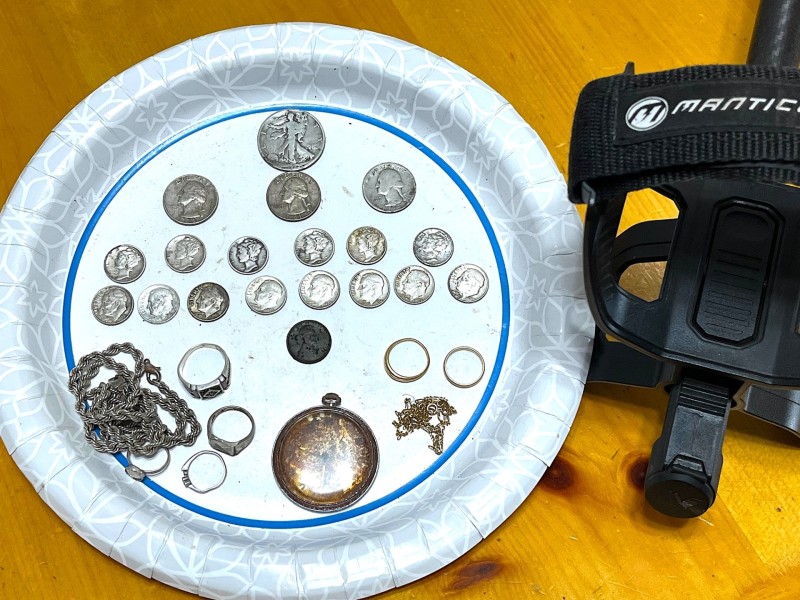







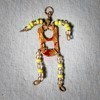









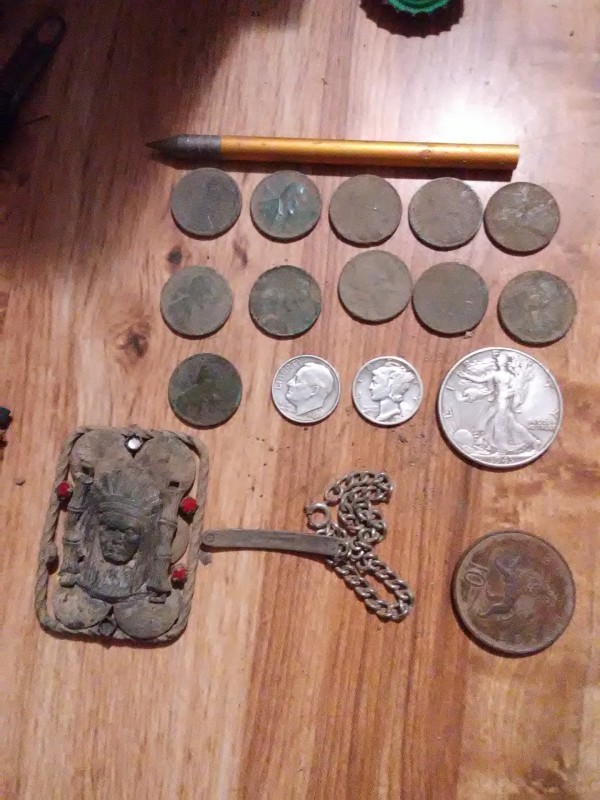
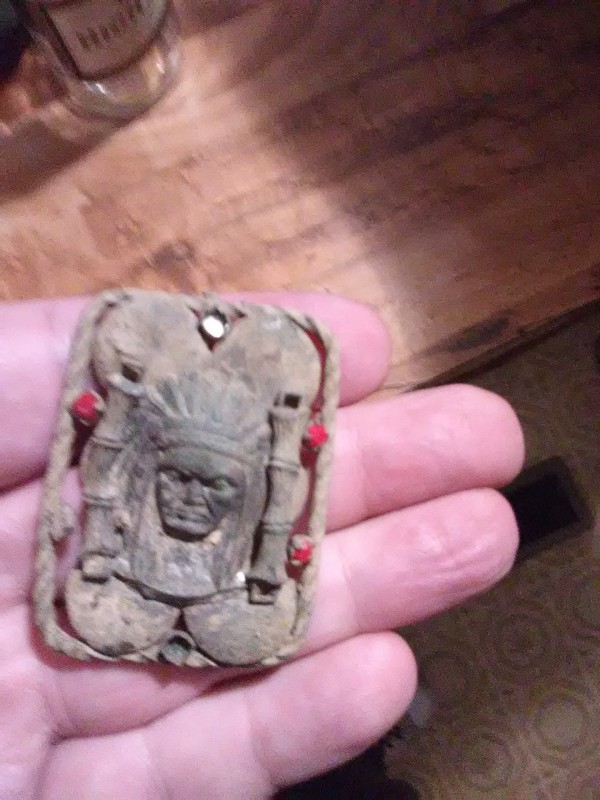

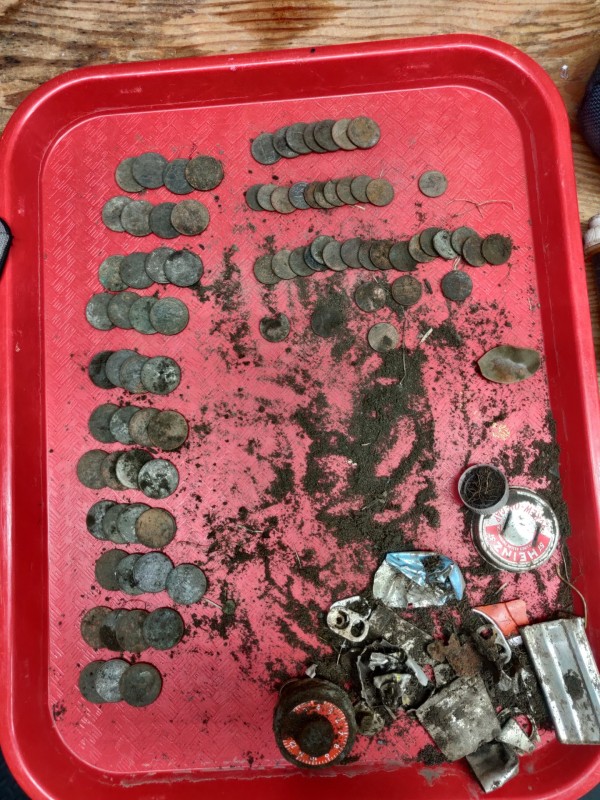
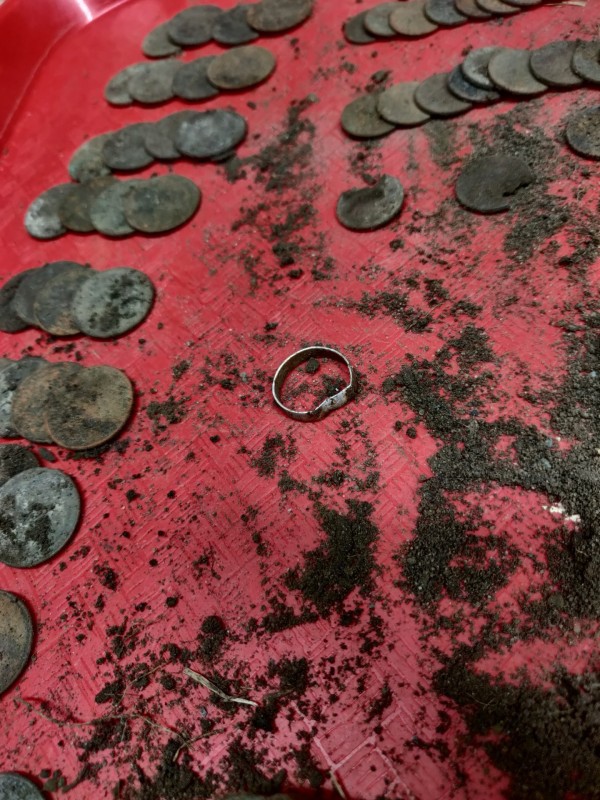
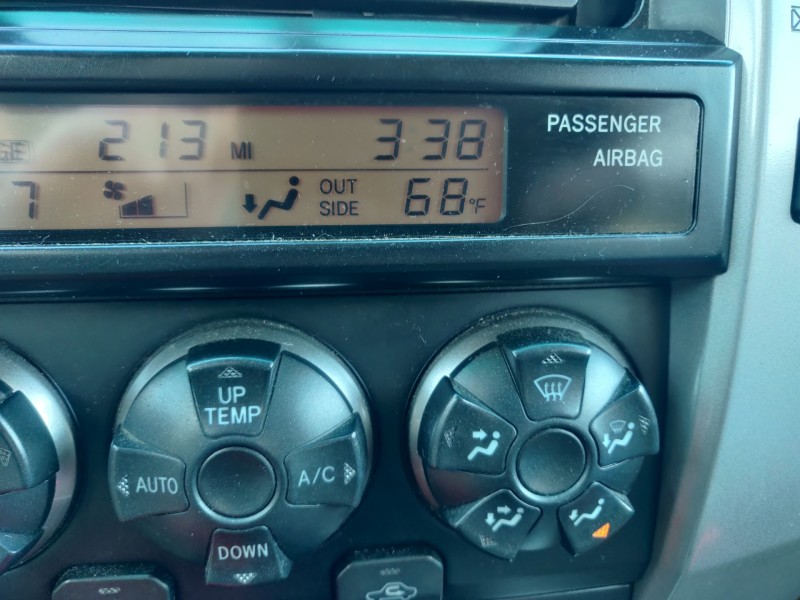
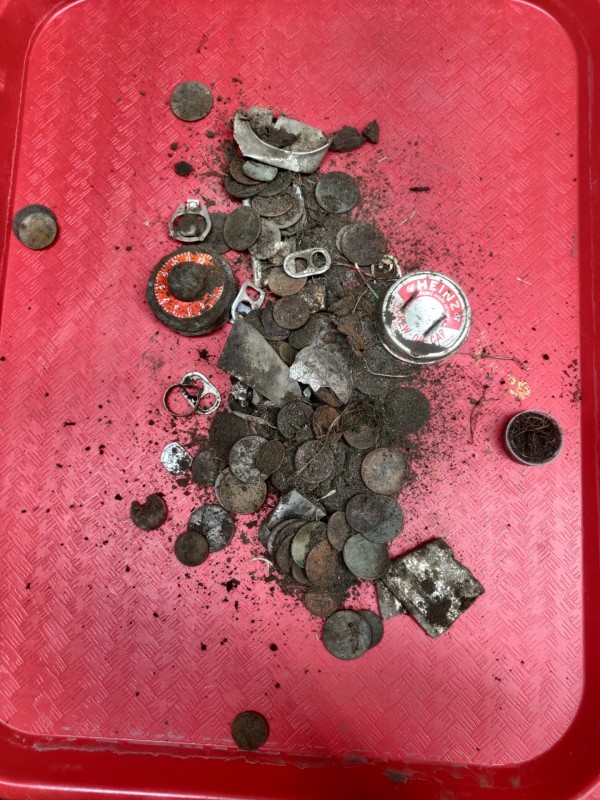



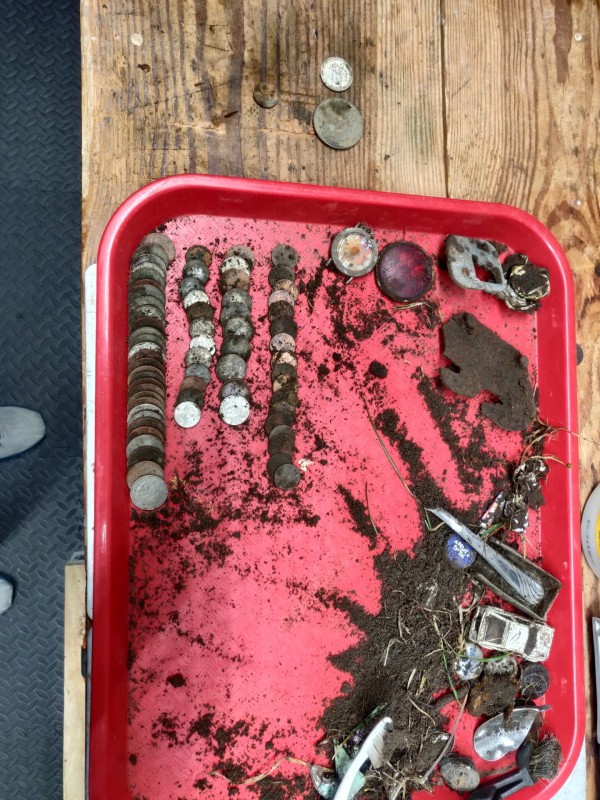
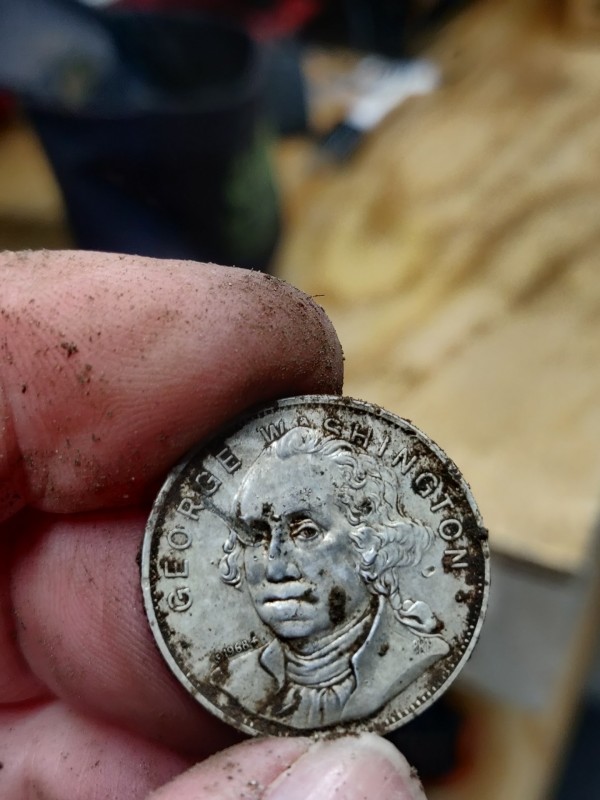
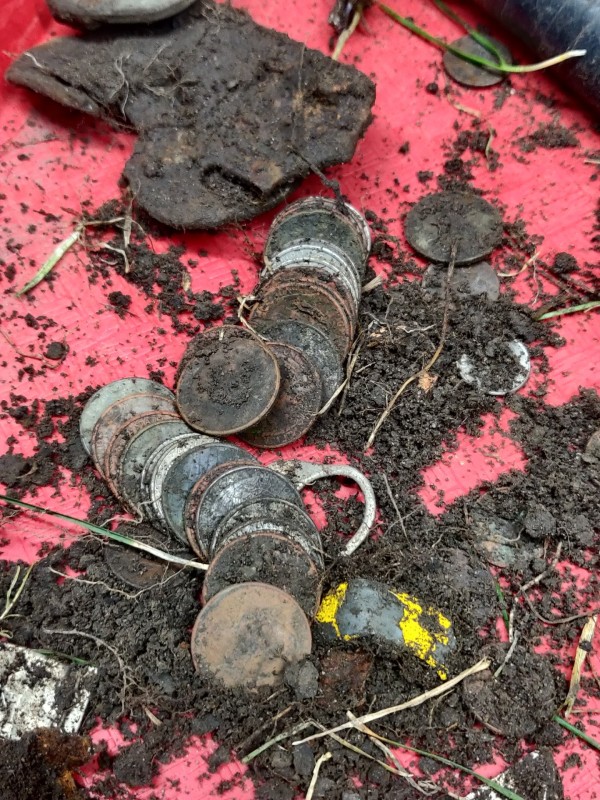
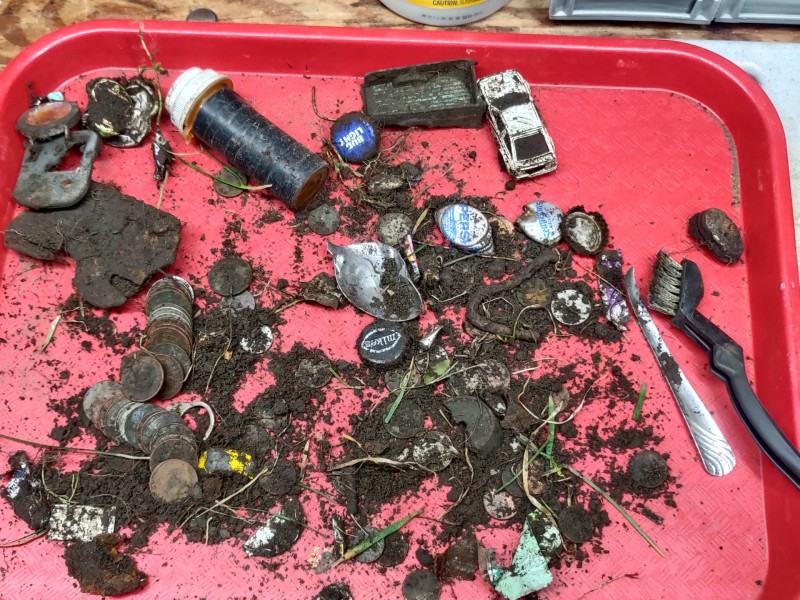
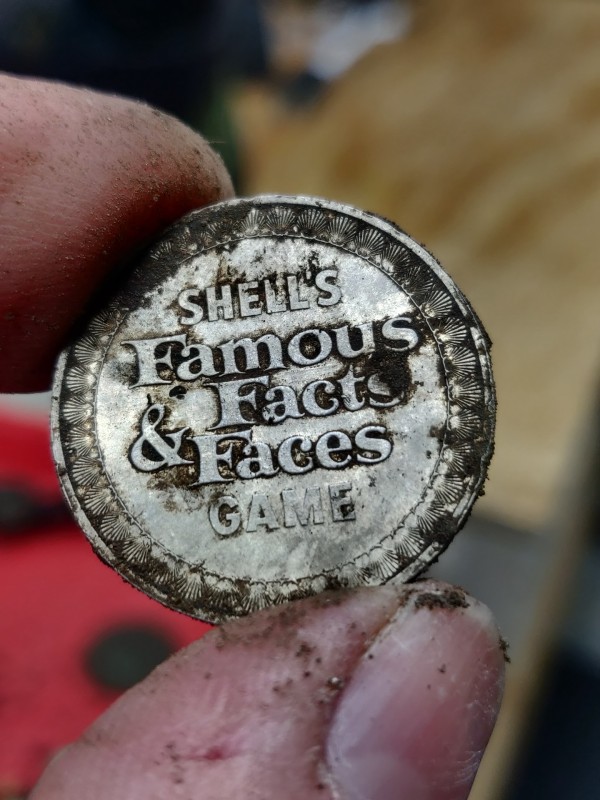
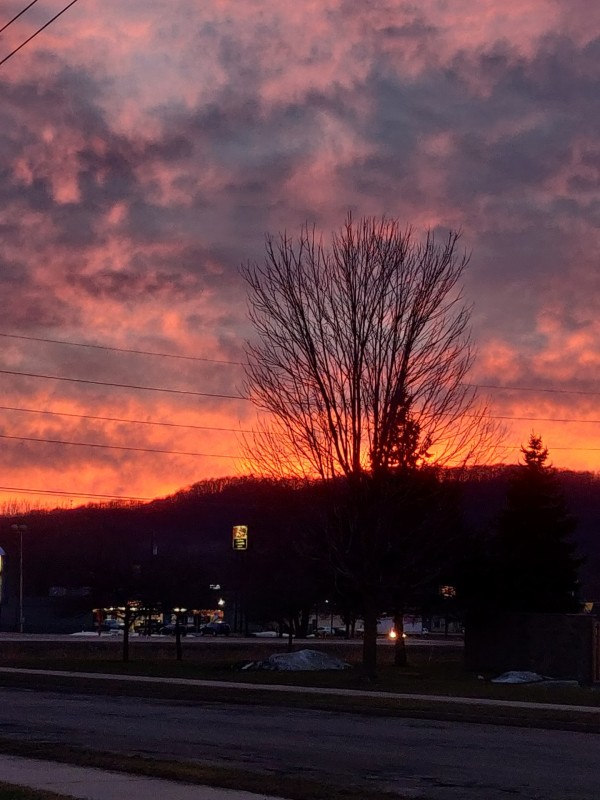
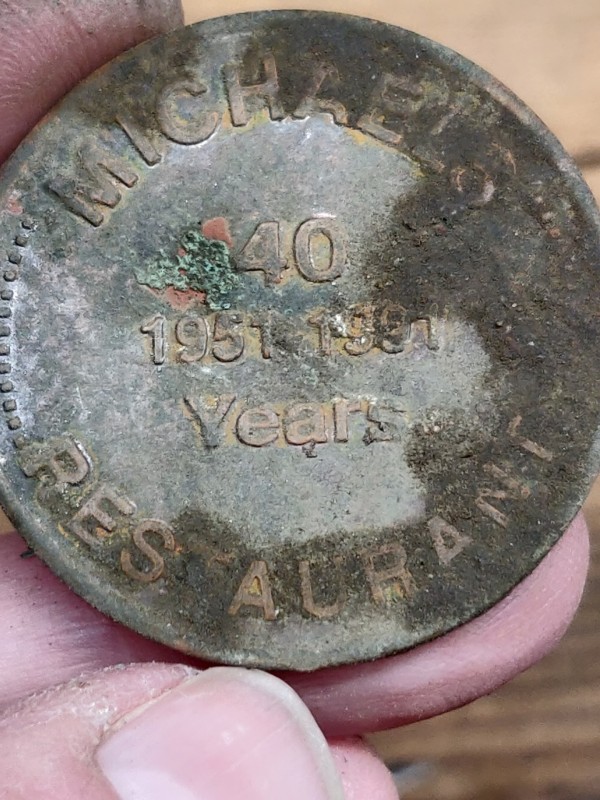
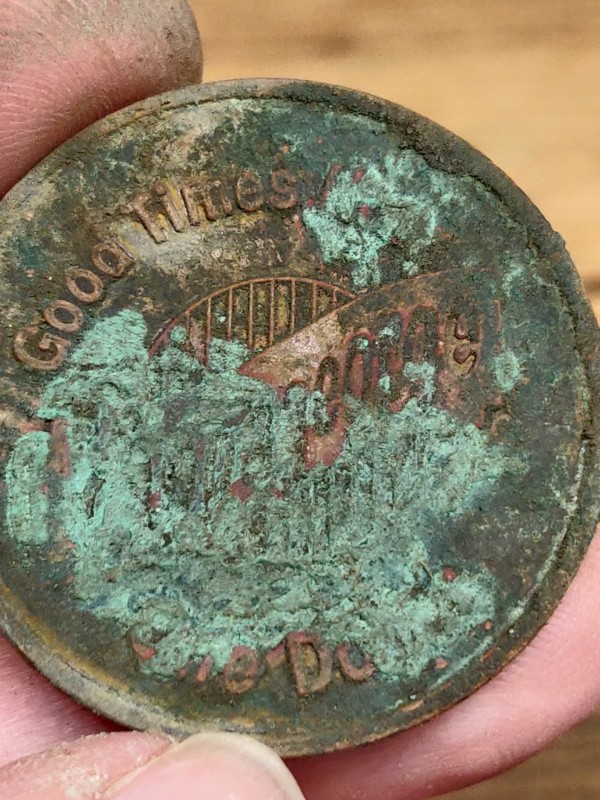
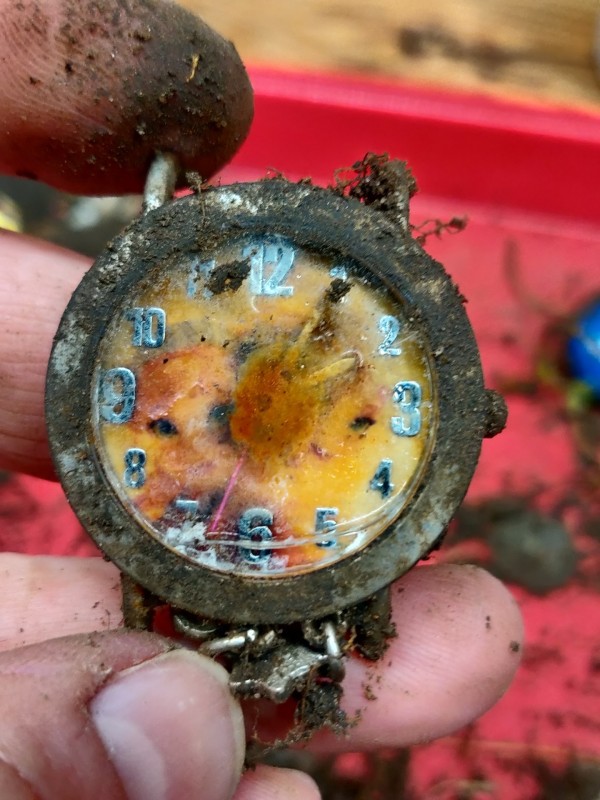
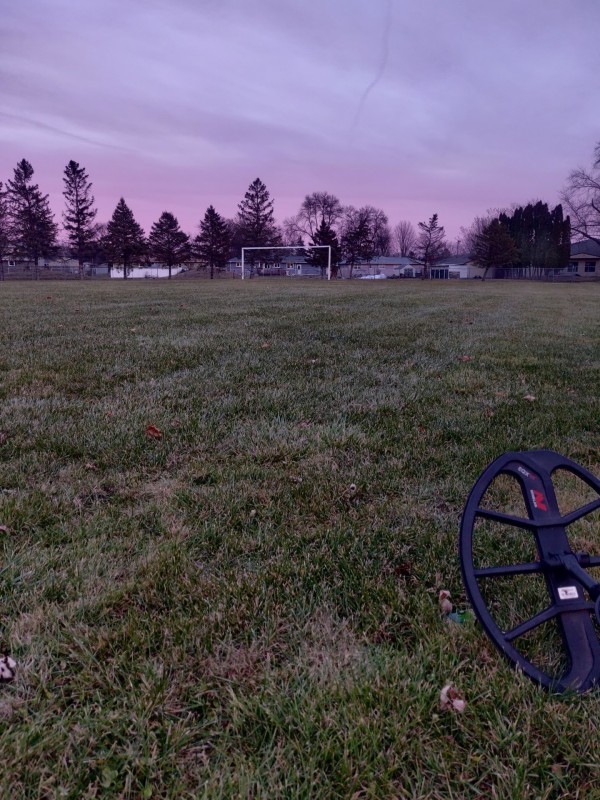
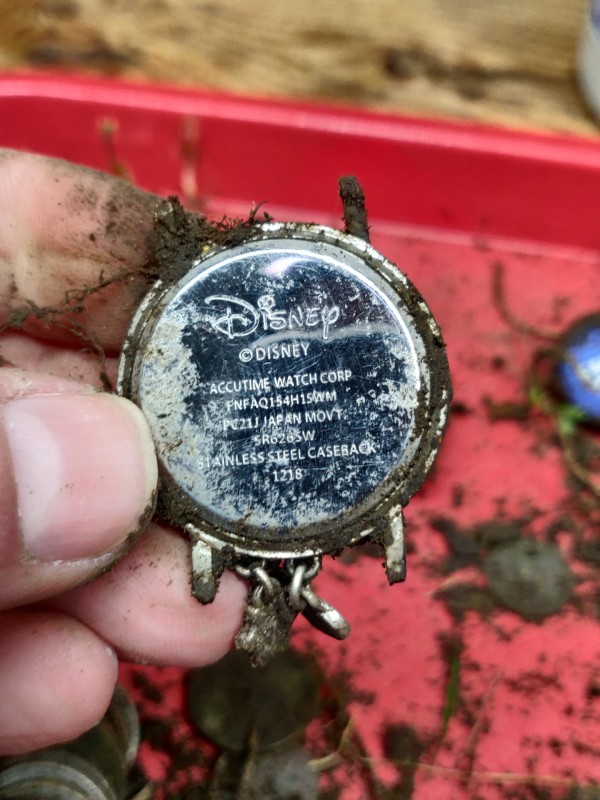
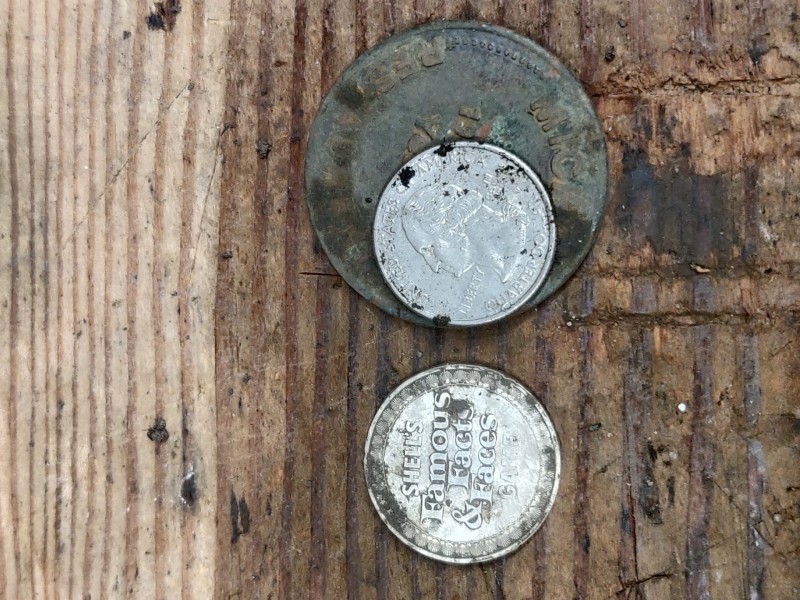
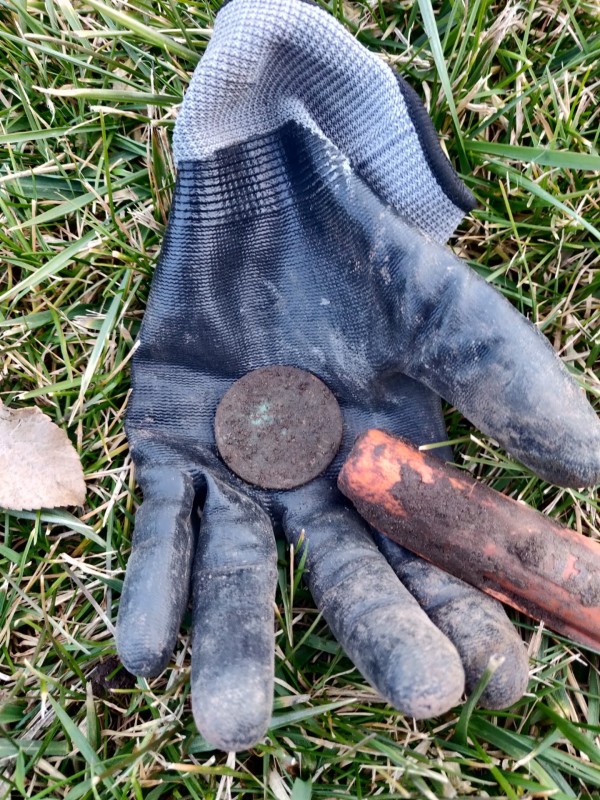
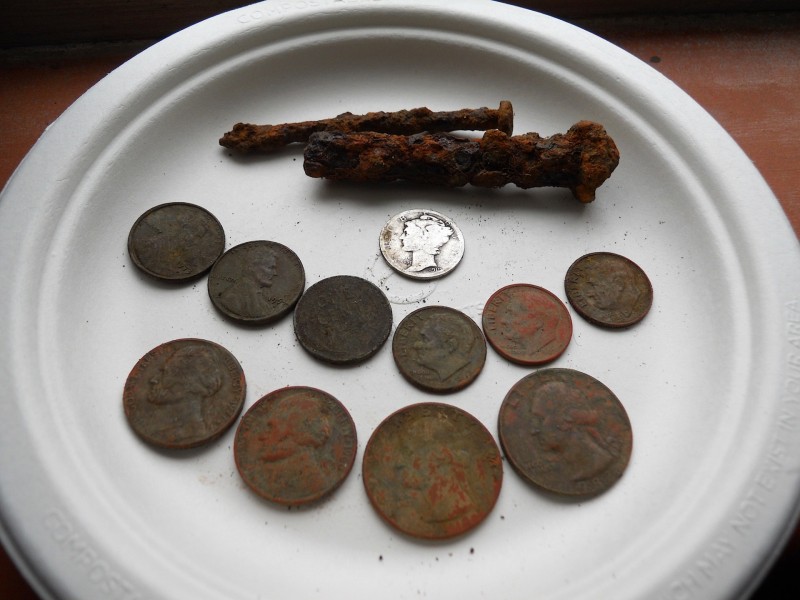

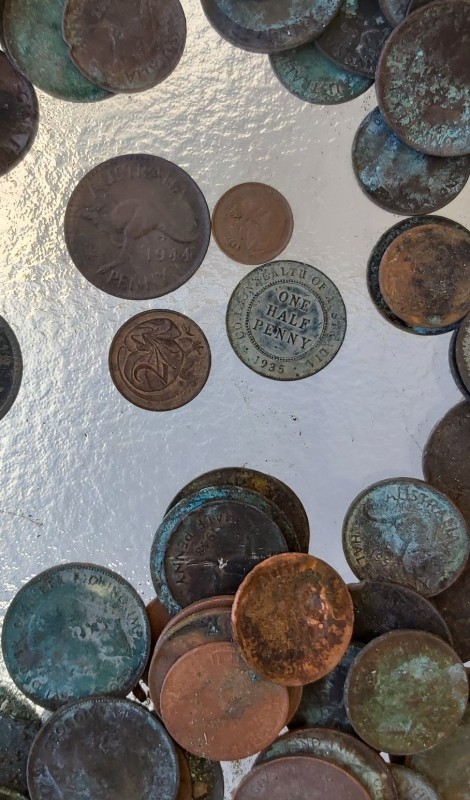
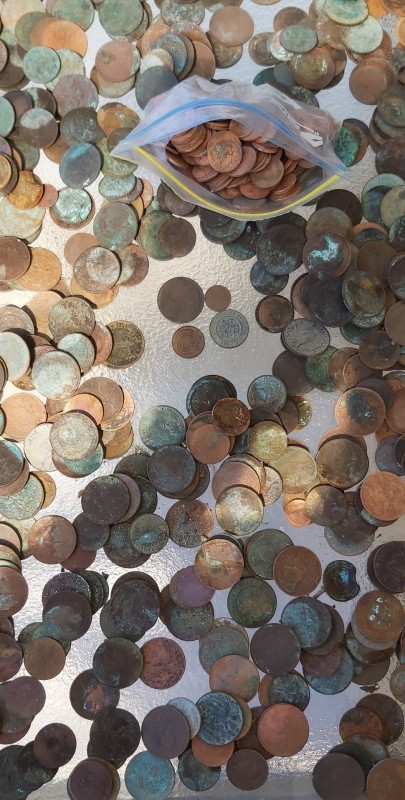
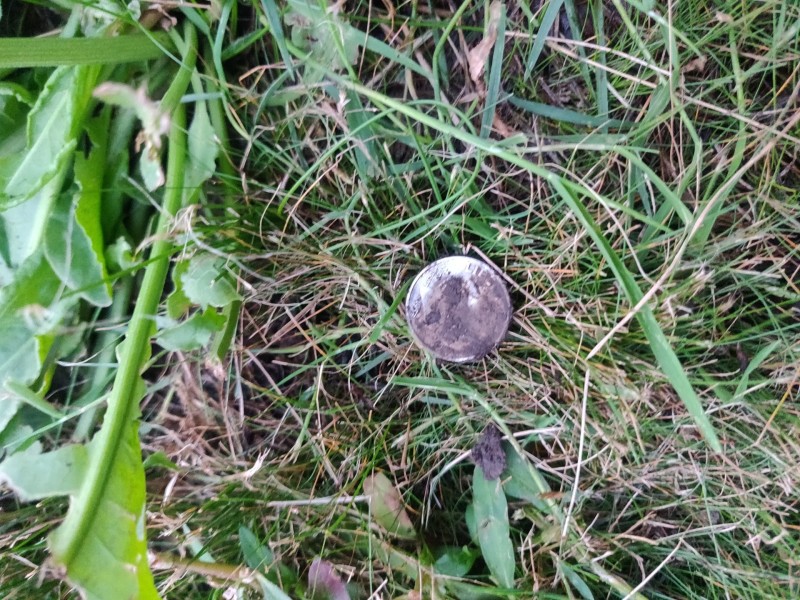
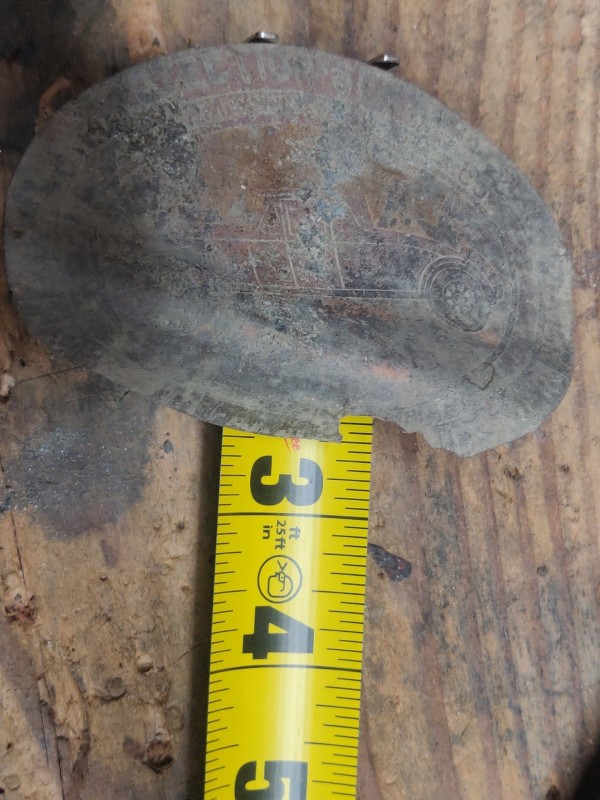
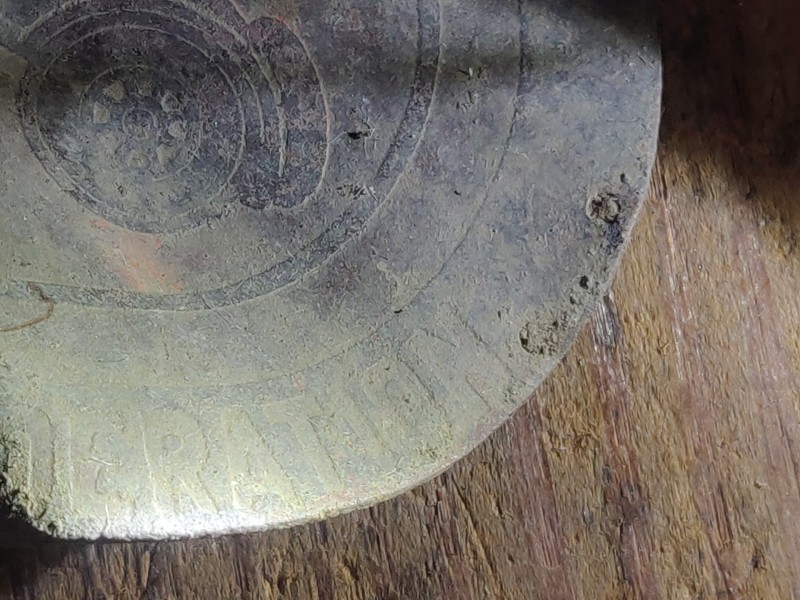
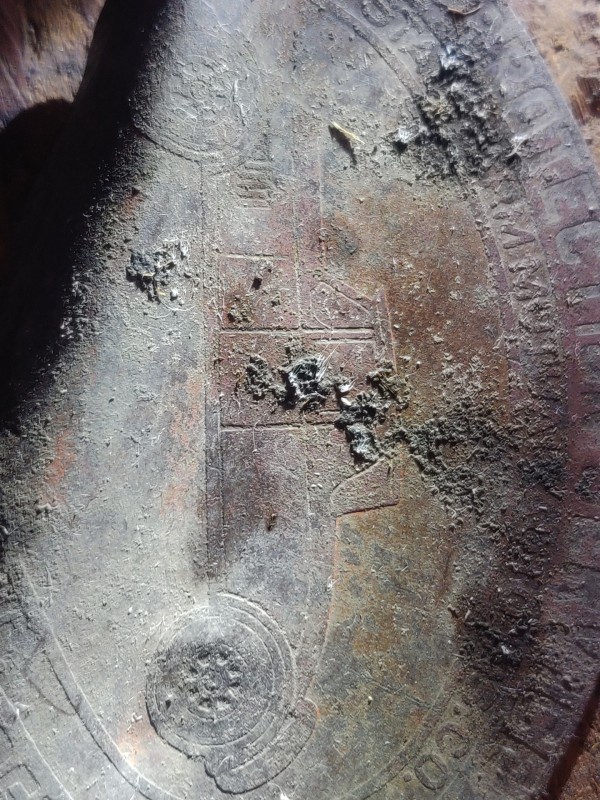
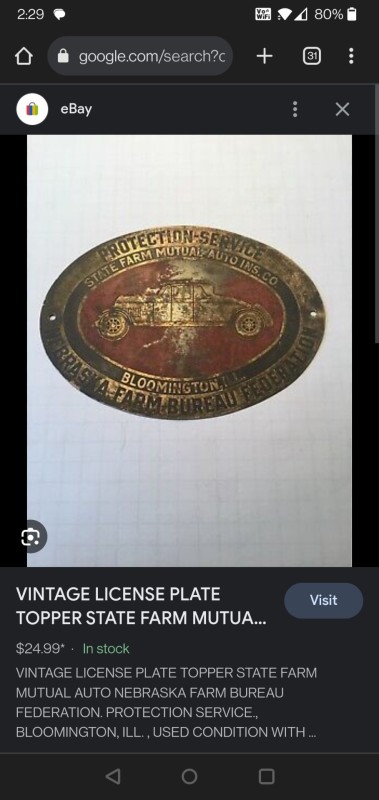
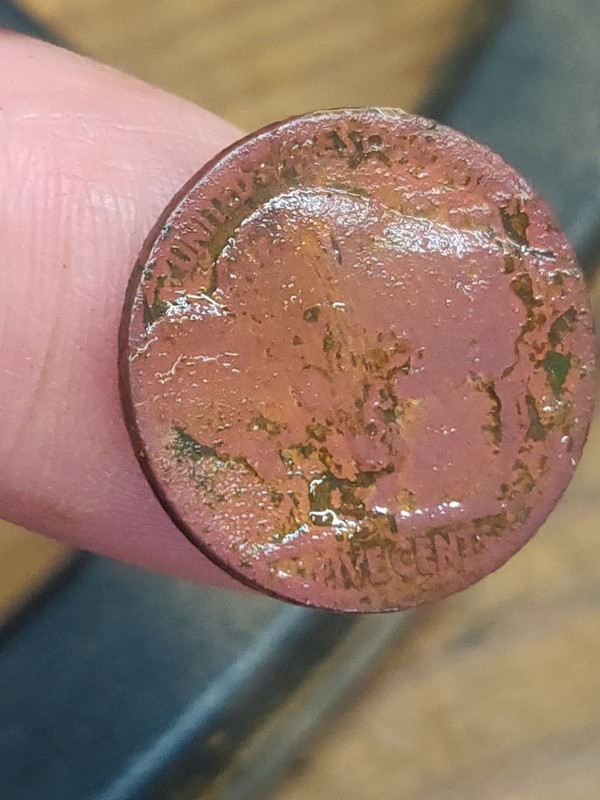
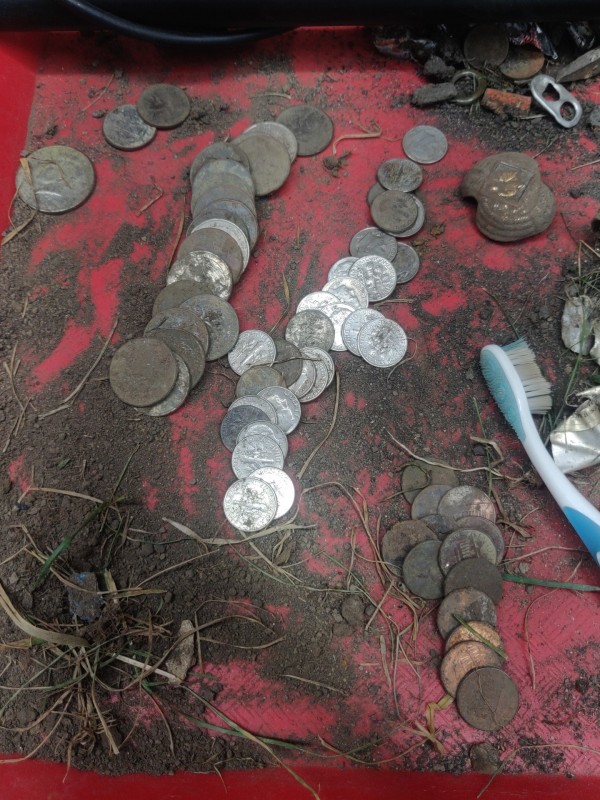
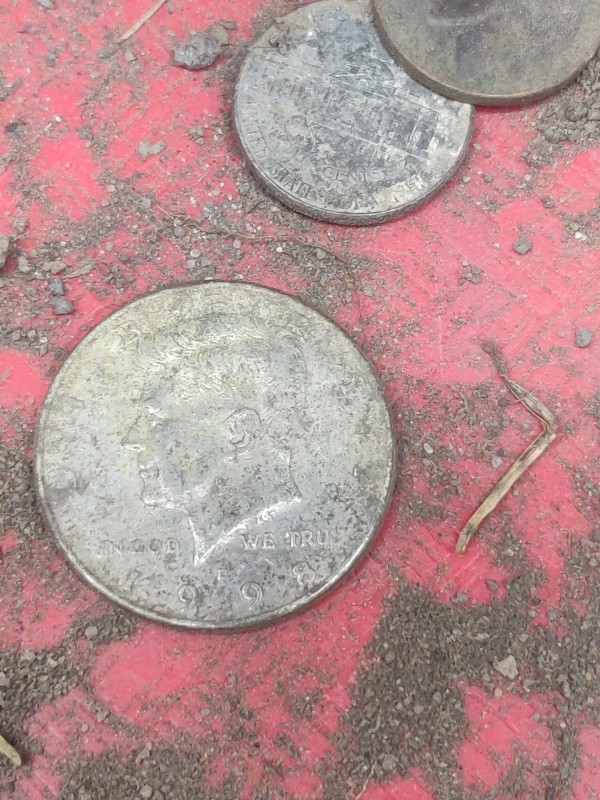

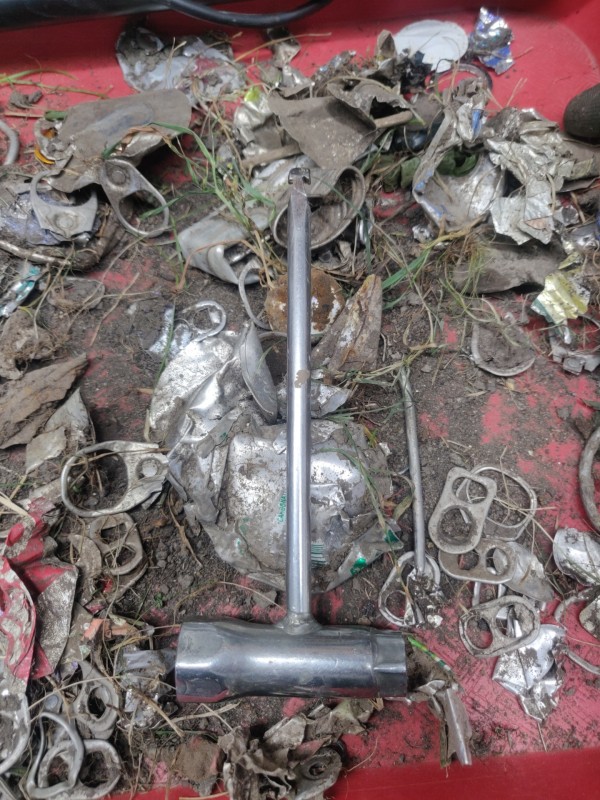
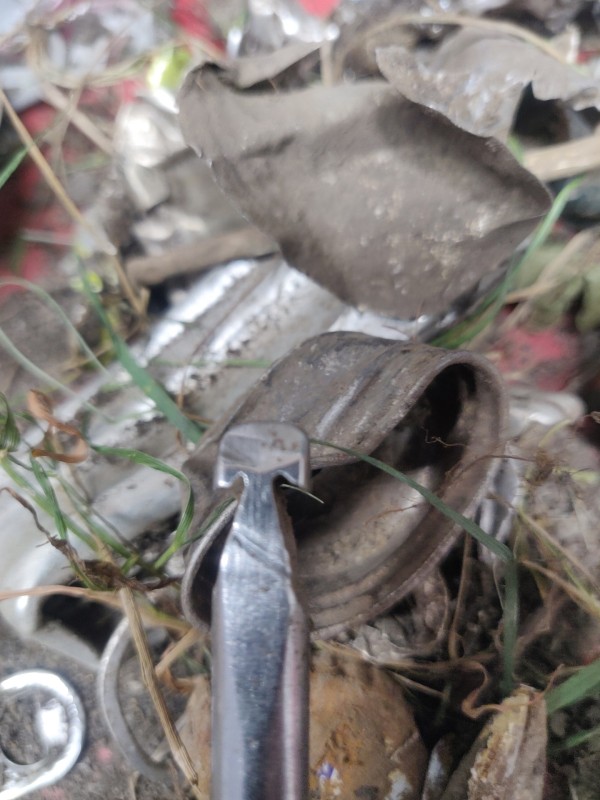
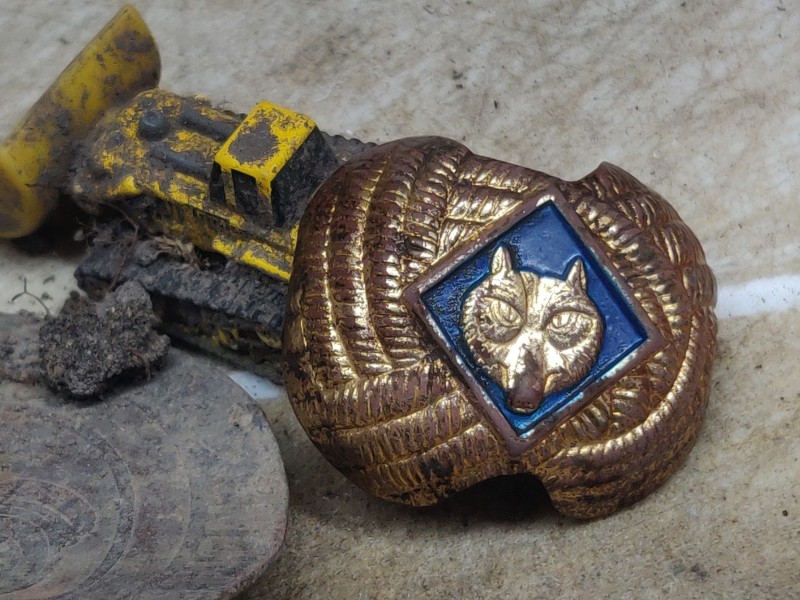
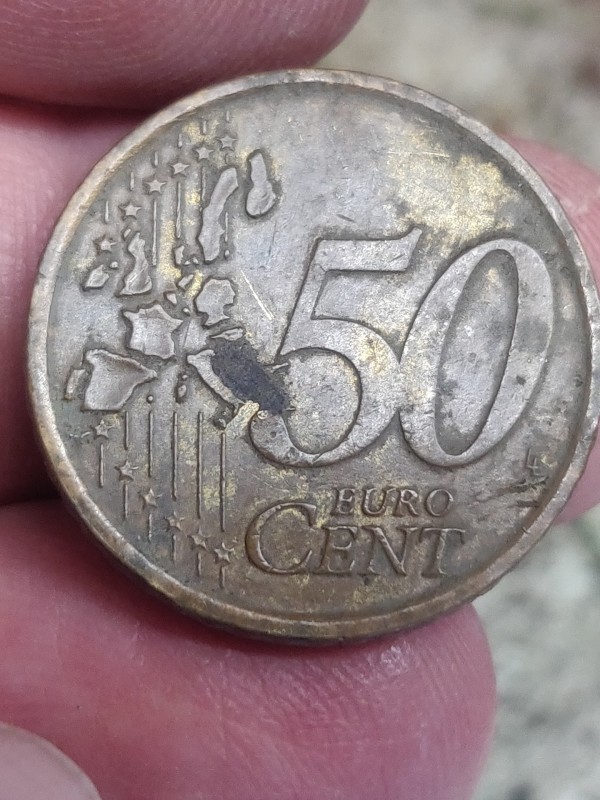

.thumb.jpg.15bb38c239249bae204d064a1b07ea64.jpg)
.thumb.jpg.93f3b7ff5bb59fc45aac35a24a33584d.jpg)
.thumb.jpg.611d9e40cdb798945a04b99da0b77153.jpg)
.thumb.jpg.5596b201863826f78149685151ca1be0.jpg)
.thumb.jpg.d0593dd97c2fe90b85bdef5de13abfdf.jpg)
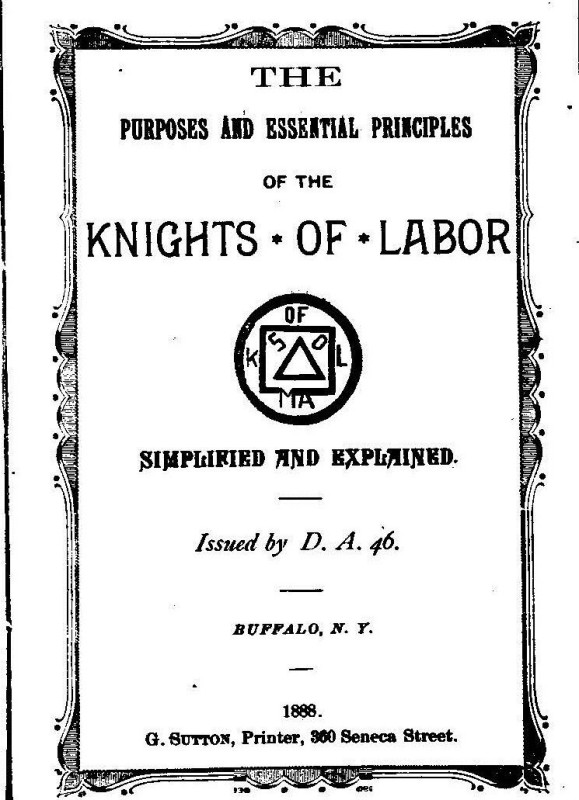
.thumb.jpg.c521e7612201ddd9455d880a78292603.jpg)
.thumb.jpg.eec3722cd33f8de3ec6e33786e81024c.jpg)

